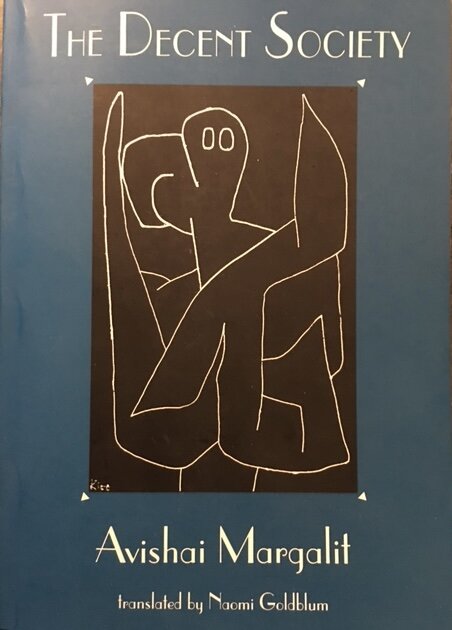Originally published in the Opinion page of the Herald-Zeitung July 9-10, 2022.
Not long ago I bought five lottery tickets for a total of five dollars. When I realized that the date was 6/22/22, my fantasy thinking kicked in and I made the investment. I believed the date had special significance conducive to my ability to win. So long as I didn’t run the lottery numbers through the machine at a local Pit Stop, I could maintain my belief that I might have won. Thus far I have side-stepped the “reality machine” waiting to read my ticket.
My desire to win, as well as my belief that I might have won, teamed up to allow me to sustain the myth of being a winner. So long as I don’t expose my numbers to the “reality” machine that will reveal whether I am a winner or a loser, I am able to sustain the fantasy of having won.
However, when I finally do run my ticket through the “reality check” and it reveals those dreaded words, “Not a Winner,” I have the option of rebuffing the machine’s fact by accusing it of malfunctioning and that I did in fact win. The accusation allows me to sustain my magical thinking.
I can further accuse and so deflect the fact that I lost, by accusing the store employees of rigging the machine so they can profit off my “winning ticket that my own fantasy thinking has manufactured. I can then override what has been called by D. Stephenson Bond, “directed thinking” (Living Myth), which is rooted in facts, in what can be proven, in order to maintain my magical belief.
An important shift in interpreting experience enters here. “I bet I won” subtly shifts into “I believe I won,” so now my magical belief is the new subject matter, not the fact that I lost.
When we live in a myth, writes Bond, we encounter experiences through culturally formed ways. If enough people can be persuaded to replace the “myth of fact” with the “myth of fiction,” then an empirical reality we once shared is dismantled under the mythic pressure of a new belief system—an alternative universe—a galaxy far away from the grounded reality that once prevailed that proven facts provide. They hold us together, like a bonding agent, so that while there is space for differences, there is an infrastructure that we collectively believe in and share.
What Bond calls “a functional adaptation to our cultural environment,” is ruptured, becomes dysfunctional and our connection to a shared empirical world “is thwarted.” No one escapes the infection of this maladaptation. Myths die when their balancing tendencies are disturbed, deflected and dismantled. Then dissociation may soon lead to fear, anger and violent disruptions in some of its participants.
Myths, both personal and collective, are formed in just this way. This new myth can keep the “winner/loser” dis-oriented and disassociated from the truth of directed thinking. Perhaps, I think, I can persuade others that I have won so they too purchase my winner fantasy with their own “buy-in” belief that I did really win.
For the time being, I will continue to carry my lottery ticket in my possession. Each morning I wake a winner in my mind’s eye. I also suspect that all our beliefs ultimately return to the originary myth fanning life into them, be they rooted in reality or in fantasy. Someday soon, however, I need to face the “reality machine” at Pit Stop to close out my fantasy. Or collect my winnings!




















